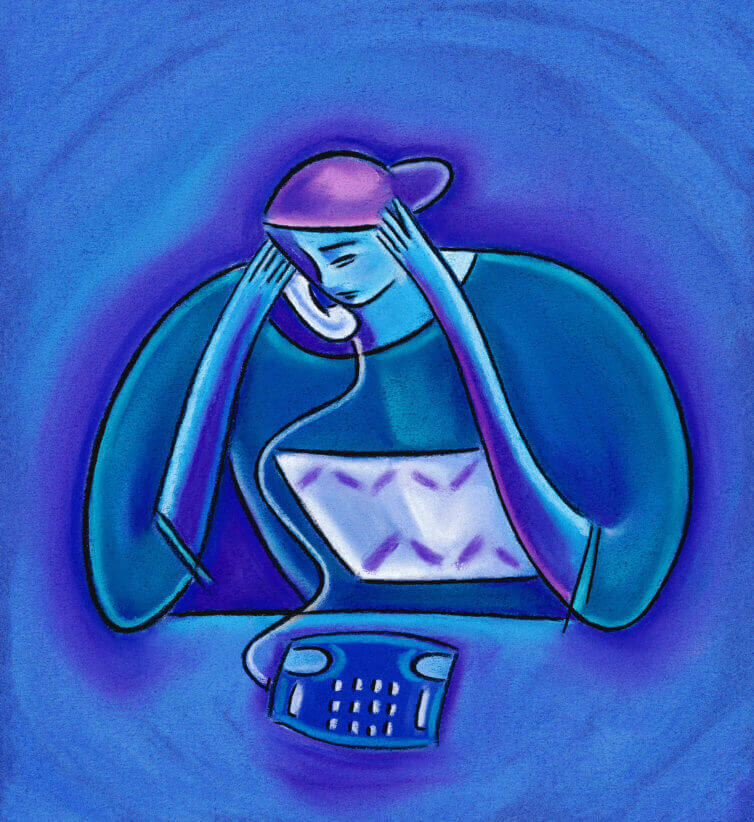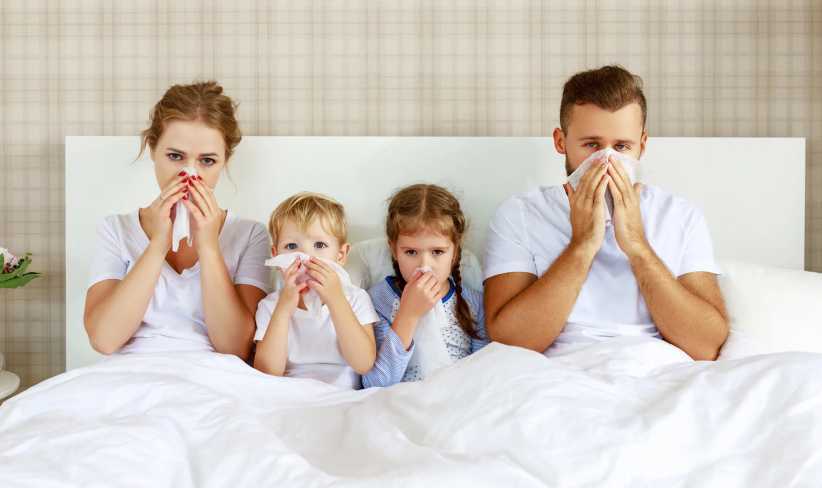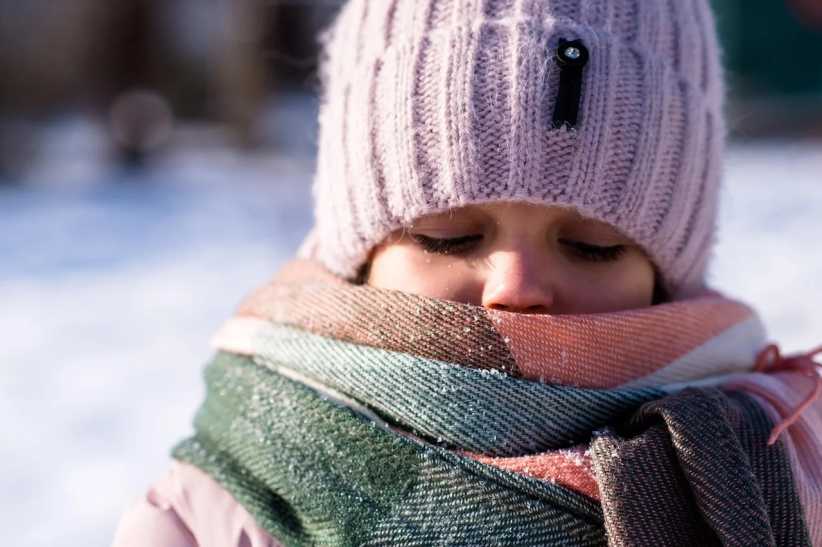
Seasonal Affective Disorder in Children: What Parents Need to Know
There’s a lot to love about the winter season. But for many people, this time of year can bring with it the “winter blues,” or Seasonal Affective Disorder (SAD).
SAD is a mood disorder that rolls around during times in the year where there’s less sunlight. Statistics have shown that around five percent of the population in the United States experiences SAD in a given year. And SAD doesn’t just affect adults– many children suffer from SAD, too.
As the winter season presses on, it’s a good idea to keep an eye on possible cases of SAD within your family.
We sat down with some experts in pediatric behavioral health and talked about what parents should know about SAD in children this winter.
Psst… here are 26 Things to Do On Long Island with Kids!
What Causes Seasonal Affective Disorder?
SAD is brought on by imbalances in hormones caused by changes in our environment during the onset of winter.
“It is thought to be a result of how our brain responds to decreased sunlight,” says Dr. Melissa Santos, division chief of pediatric psychology at Connecticut Children’s. “As a result of decreased sunlight, the brain creates some imbalances in hormones which causes the mood part of SAD to occur.”
According to Dr. Sara Gonzalez, pediatric psychologist at Children’s Minnesota, daylight affects two chemicals in the brain: melatonin and serotonin.
Melatonin, which is linked to sleep, is produced more when it’s dark, and higher melatonin levels make people feel sleepy and less energetic. On the other hand, serotonin is produced when a person is exposed to sunlight, and higher levels of serotonin boost feelings of happiness and well-being.
“Shorter days and longer hours of darkness in fall and winter may cause higher levels of melatonin and lower levels of serotonin,” Gonzalez says. “This creates the biological conditions for depression.”
What Do Symptoms of SAD Usually Look Like?
Many of the symptoms of SAD are similar to symptoms of depression.
These symptoms include:
- Changes in mood, appetite, concentration
- Loss of interest
- Sleeping too much or not enough
- Sadness or irritability
- Low energy
But depression and SAD differ in terms of when these symptoms appear.
“The key part that separates SAD from depression is that it appears at the same time each year and generally gets better at the same time each year: spring time when increased sunlight returns, which allows the brain to correct the imbalance it has,” Santos says.
Dr. Mary A. Fristad, director of academic affairs and research development at Nationwide Children’s Hospital, says parents should start looking for these symptoms “starting around Halloween or the end of Daylight Saving Time” as potential signs of SAD.
Doctors will diagnose SAD using a specific set of criteria and symptoms present for two years.
What Does Treatment for SAD Usually Look Like?
There are a variety of treatments doctors may recommend for SAD. For many kids and teens, more light exposure may be enough to relieve seasonal depression.
“Exercising outdoors or taking a daily walk are ways to do this,” Gonzalez says.
Gonzalez also says that that full spectrum (or daylight) bulbs that fit in regular lamps can help bring more light into winter months and relieve mild symptoms.
For more troublesome symptoms, a doctor may recommend phototherapy, or light therapy. In this kind of treatment, a special lightbox or panel is placed on a tabletop and the person sits in front of it for a period of time every day.
Other treatments can include talk therapy or medication.
How Can Parents Help Their Child with SAD?
According to the experts we spoke to, there are many ways parents can support their children with SAD at home:
- Work to maintain a routine at home, including a regular sleep schedule
- Get outside and be active as a family
- Spend extra time with your child
- Provide extra support where needed (for example, help with homework if your child is struggling to concentrate)
- Participate in your child’s treatment. Ask your doctor what you can be doing at home, help your child understand SAD and don’t put off a doctor’s visit if you think your child has SAD
When Should Parents Seek Help From a Medical Professional?
If changes in a child’s mood and behavior are enough to interfere with their everyday life, it’s time to seek help.
“If your child has interference with activities of daily living – school, family and peer relationships, ability to enjoy life – then address the problem head on,” says Fristad.
Looking out for signs of seasonal depression in children also highlights the importance of talking about emotional health at home all the time and not only when a problem arises.
“It’s really easy for kids to come to grown ups when they don’t physically feel good – we teach them that language early on,” Santos says. “We need to do the same for emotional feelings as well, give them the language and let them know that we go to doctors to take care of that part of ourselves too.”














